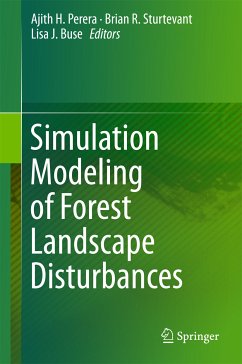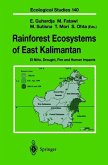Forest landscape disturbances are a global phenomenon. Simulation models are an important tool in understanding these broad scale processes and exploring their effects on forest ecosystems. This book contains a collection of insights from a group of ecologists who address a variety of processes: physical disturbances such as drought, wind, and fire; biological disturbances such as defoliating insects and bark beetles; anthropogenic influences; interactions among disturbances; effects of climate change on disturbances; and the recovery of forest landscapes from disturbances-all from a simulation modeling perspective. These discussions and examples offer a broad synopsis of the state of this rapidly evolving subject.
Dieser Download kann aus rechtlichen Gründen nur mit Rechnungsadresse in A, B, BG, CY, CZ, D, DK, EW, E, FIN, F, GR, HR, H, IRL, I, LT, L, LR, M, NL, PL, P, R, S, SLO, SK ausgeliefert werden.









